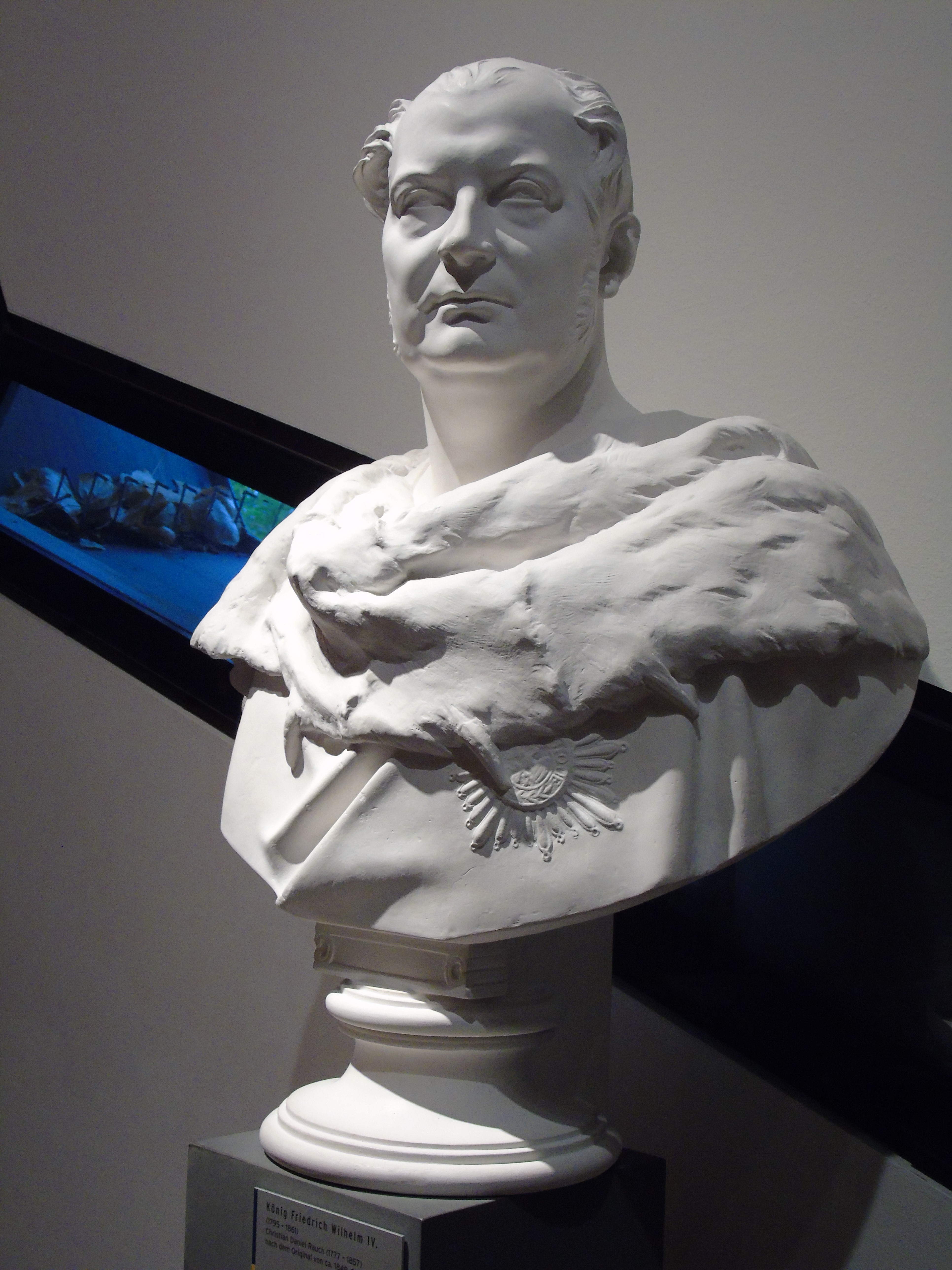socle (architecture) on:
[Wikipedia]
[Google]
[Amazon]
 In
In
google books
/ref> A very early example is the two-storey fortified House of the Tiles at
 In
In architecture
Architecture is the art and technique of designing and building, as distinguished from the skills associated with construction. It is both the process and the product of sketching, conceiving, planning, designing, and constructing buildings ...
, a socle is a short plinth
A pedestal (from French ''piédestal'', Italian ''piedistallo'' 'foot of a stall') or plinth is a support at the bottom of a statue, vase, column, or certain altars. Smaller pedestals, especially if round in shape, may be called socles. In ...
used to support a pedestal
A pedestal (from French ''piédestal'', Italian ''piedistallo'' 'foot of a stall') or plinth is a support at the bottom of a statue, vase, column, or certain altars. Smaller pedestals, especially if round in shape, may be called socles. In ...
, sculpture
Sculpture is the branch of the visual arts that operates in three dimensions. Sculpture is the three-dimensional art work which is physically presented in the dimensions of height, width and depth. It is one of the plastic arts. Durable ...
, or column
A column or pillar in architecture and structural engineering is a structural element that transmits, through compression (physical), compression, the weight of the structure above to other structural elements below. In other words, a column i ...
. In English, the term tends to be most used for the bases for rather small sculptures, with plinth or pedestal preferred for larger examples. This is not the case in French.
In the field of archaeology
Archaeology or archeology is the scientific study of human activity through the recovery and analysis of material culture. The archaeological record consists of artifacts, architecture, biofacts or ecofacts, sites, and cultural landsc ...
this term refers to a wall base, frequently of stone, that supports the upper part of the wall, which is made of a different material – frequently mudbrick
A mudbrick or mud-brick is an air-dried brick, made of a mixture of loam, mud, sand and water mixed with a binding material such as rice husks or straw. Mudbricks are known from 9000 BCE, though since 4000 BCE, bricks have also been ...
. This was a typical building practice in ancient Greece
Ancient Greece ( el, Ἑλλάς, Hellás) was a northeastern Mediterranean civilization, existing from the Greek Dark Ages of the 12th–9th centuries BC to the end of classical antiquity ( AD 600), that comprised a loose collection of cu ...
, resulting in the frequent preservation of the plans of ancient buildings only in their stone-built lower walls, as at the city of Olynthos.Maher, Matthew P, ''The Fortifications of Arkadian City States in the Classical and Hellenistic Periods'', p. 36, 2017, Oxford University Press, , 9780191090202google books
/ref> A very early example is the two-storey fortified House of the Tiles at
Lerna
In classical Greece, Lerna ( el, Λέρνη) was a region of springs and a former lake near the east coast of the Peloponnesus, south of Ancient Argos, Argos. Even though much of the area is marshy, Lerna is located on a geographically narrow poi ...
in the Peloponnese
The Peloponnese (), Peloponnesus (; el, Πελοπόννησος, Pelopónnēsos,(), or Morea is a peninsula and geographic region in southern Greece. It is connected to the central part of the country by the Isthmus of Corinth land bridge which ...
, built of mud-brick over a stone socle, with much use of wood, and clay for the floors and as stucco
Stucco or render is a construction material made of aggregates, a binder, and water. Stucco is applied wet and hardens to a very dense solid. It is used as a decorative coating for walls and ceilings, exterior walls, and as a sculptural and a ...
for the walls. This dates to the Early Helladic II, of four thousand years ago.
In Pompeian interior painting styles, the socle is the lowest zone of wall painting in all four style periods. Clarke, John R., The Houses of Roman Italy, 100 B.C.-A.D. 250, Ritual, Space, and Decoration, University of California Press, 1991.
References
Architectural elements {{Architecturalelement-stub